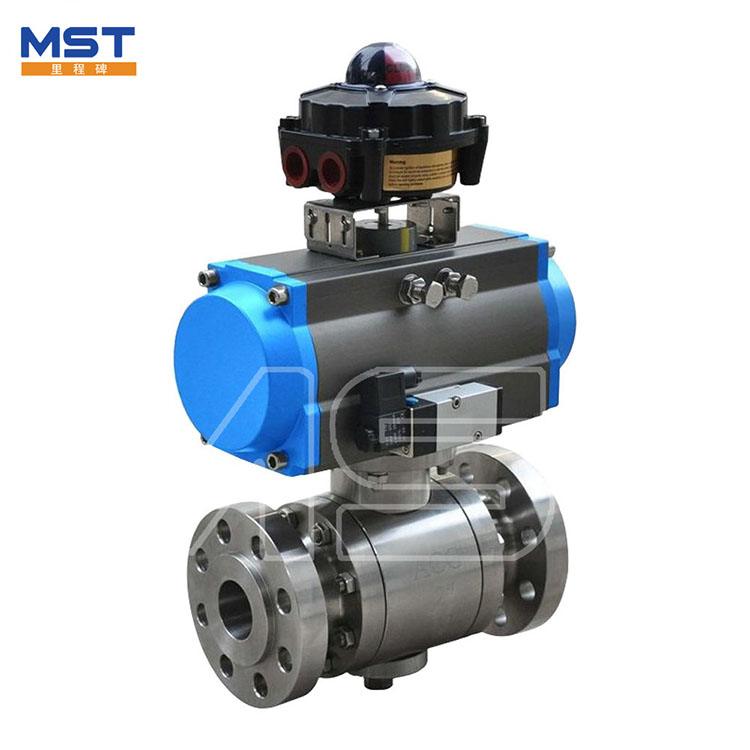 English
English Español
Español  Português
Português  русский
русский  Français
Français  日本語
日本語  Deutsch
Deutsch  tiếng Việt
tiếng Việt  Italiano
Italiano  Nederlands
Nederlands  ภาษาไทย
ภาษาไทย  Polski
Polski  한국어
한국어  Svenska
Svenska  magyar
magyar  Malay
Malay  বাংলা ভাষার
বাংলা ভাষার  Dansk
Dansk  Suomi
Suomi  हिन्दी
हिन्दी  Pilipino
Pilipino  Türkçe
Türkçe  Gaeilge
Gaeilge  العربية
العربية  Indonesia
Indonesia  Norsk
Norsk  تمل
تمل  český
český  ελληνικά
ελληνικά  український
український  Javanese
Javanese  فارسی
فارسی  தமிழ்
தமிழ்  తెలుగు
తెలుగు  नेपाली
नेपाली  Burmese
Burmese  български
български  ລາວ
ລາວ  Latine
Latine  Қазақша
Қазақша  Euskal
Euskal  Azərbaycan
Azərbaycan  Slovenský jazyk
Slovenský jazyk  Македонски
Македонски  Lietuvos
Lietuvos  Eesti Keel
Eesti Keel  Română
Română  Slovenski
Slovenski  मराठी
मराठी  Srpski језик
Srpski језик
What are the characteristics of ball valves?
2023-09-19
Ball valves are a common valve type used to control the flow of fluids (liquids or gases) in pipes. The main feature of the ball valve is that there is a ball (usually spherical) inside the valve body, and the valve is switched on and off by rotating the ball.
Ball valves usually consist of valve body, valve cover, ball, valve stem and sealing ring. When the ball rotates, the channels inside the valve body will be aligned with the channels of the ball, thereby realizing the flow of fluid; when the ball rotates to the closed position, the channels of the valve body and the ball will not be aligned, thus closing the valve.
Ball valves have the advantages of fast opening and closing, tight sealing, lightness and simplicity, etc. They are widely used in various fluid control situations, including petroleum, chemical industry, electric power, metallurgy, water treatment, pharmaceutical and other industries. Ball valves can usually withstand higher pressures and temperatures and require less force when operating, so they are widely used in various engineering and process processes.
The main advantages of ball valves include:
- Quick switching: Ball valves can achieve fast switching operations and are suitable for occasions that require frequent switching.
- Tight sealing: The ball valve adopts the contact method between the ball and the valve seat, which has good sealing performance and can avoid fluid leakage.
- Small fluid resistance: The internal channel of the ball valve is usually relatively large, and the resistance when the fluid passes through the valve is small, which can reduce fluid energy consumption.
-Wide applicability: Ball valves are suitable for a variety of media, including liquids, gases and corrosive media.
Some disadvantages of ball valves include:
- Larger volume: Compared to other types of valves, ball valves generally require larger volumes under the same flow conditions.
- Large driving force: Ball valves usually require large driving force to rotate the ball, especially in the case of large diameter and high pressure difference, the operating force may be large.
- The flow adjustment accuracy is relatively low: When the ball valve has a small flow rate and a low pressure difference, the flow adjustment accuracy may be low, and it is not suitable for some occasions with higher flow requirements.





